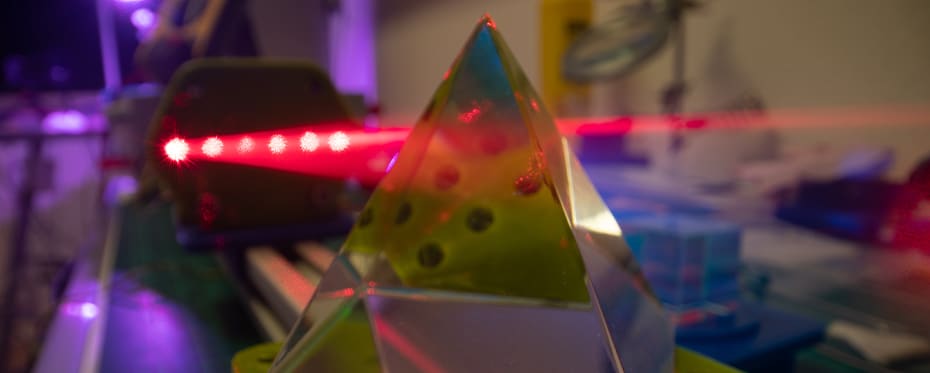Tag: birefringence
Modelling the growth of minerals

What do precious gems, seashells, and bones have in common? The answer is minerals. Minerals are chemically complex solids that are mostly formed naturally by Earth’s and space’s geological processes but can also be produced by many living species, including humans. Dr Raffaella Demichelis, at Curtin University, Australia, is using computational chemistry to see how these minerals form and how […]
A long-awaited understanding of the Casimir torque

The Casimir force has been well researched by physicists for decades, but only recently has one particularly intriguing aspect of this effect been recreated in the lab. Through his research, Dr Wijnand Broer at the University of Chinese Academy of Sciences has built upon these recent breakthroughs to explore the processes which cause the surfaces of some specialised materials to […]
Read More… from A long-awaited understanding of the Casimir torque
A trick of the light: Discovering Dark-Bright and Anti-Dark-Bright Solitons

Light has many incredible properties. They range from its strange duality of behaviour, acting either as a wave or a particle, to demonstrating incredible nonlinear effects that can be exploited with laser and optical technologies. One such property is the ability of light waves to form solitons when they pass through materials like optical fibres. Solitons, or solitary waves, occur […]
Read More… from A trick of the light: Discovering Dark-Bright and Anti-Dark-Bright Solitons